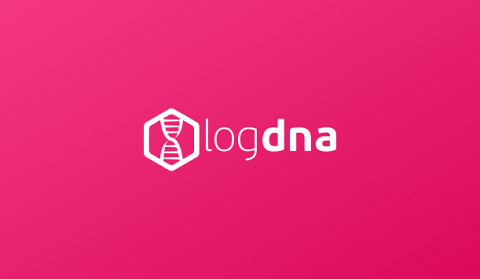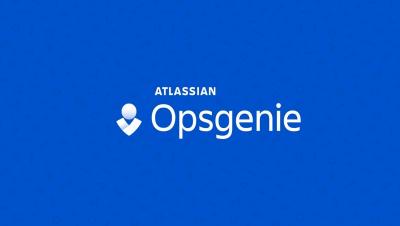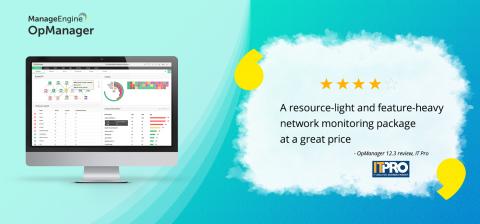Sumo Logic Expands into Japan to Support Growing Cloud Adoption
In October of last year, I joined Sumo Logic to lead sales and go-to-market functions with the goal of successfully launching our newly established Japan region in Tokyo. The launch was highly received by our customers, partners, prospects and peers in the Japanese market and everyone walked away from the event optimistic about the future and hungry for more!











